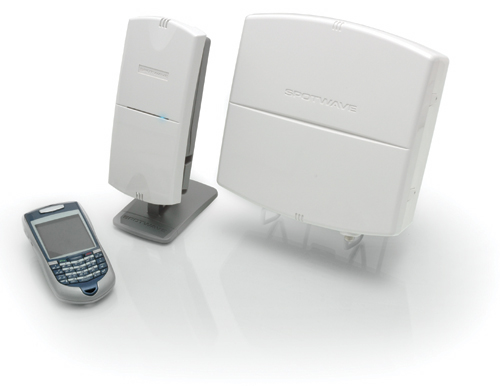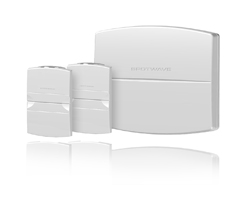 Research by Brockmann & Company, released early in 2007 showed that a dual mode device (WiFi and cellular services) would improve service coverage for more than half of those surveyed. It has been often argued from these pagers that voice over WiFi is not about saving money, it's about improving accessibility, connectivity and coverage. Most users have buckets of minutes plans anyways, and aren't likely to change that even if they do spend more time on a WiFi phone.
Research by Brockmann & Company, released early in 2007 showed that a dual mode device (WiFi and cellular services) would improve service coverage for more than half of those surveyed. It has been often argued from these pagers that voice over WiFi is not about saving money, it's about improving accessibility, connectivity and coverage. Most users have buckets of minutes plans anyways, and aren't likely to change that even if they do spend more time on a WiFi phone.
Well, as it turns out, a deployment of repeaters would also improve coverage, particularly in commercial and enterprise deployments where signal strength and continuity inside a 'big box' retailer, or a mall, or a campus setting are severely degraded. That's exactly where Spotwave Wireless comes in.
Earlier this August, Brockmann & Company had a briefing with David Whitten, the VP of Marketing and Michael Roper, CTO and VP Product Development. Based in Ottawa, Canada and founded in 2000, the company has invested the $25 million VC funding (from Newbury Ventures, Vengrowth, Motorola, Dow Chemical, Primaxis, and Venture Coaches) to commercialize several unique antennae management mechanisms to overcome the feedback and network disruption issues of classic signal repeater systems.
 In this photo (left) of the Small Business or Home Office Z1900 solution, the BlackBerry is provided for scale reference. The smaller unit is suited for in-building deployment and the larger for external, outdoor mounting. A thin CATV cable (maximum length of 80 feet) and a 120V power brick rounds out the package. This package can cover 2,500 square feet and improves the coverage of any US mobile operator running services in the PCS band (1900 MHz).
In this photo (left) of the Small Business or Home Office Z1900 solution, the BlackBerry is provided for scale reference. The smaller unit is suited for in-building deployment and the larger for external, outdoor mounting. A thin CATV cable (maximum length of 80 feet) and a 120V power brick rounds out the package. This package can cover 2,500 square feet and improves the coverage of any US mobile operator running services in the PCS band (1900 MHz).
For larger commercial areas the SpotCell 2500Xe product (below) is certified for use with AT&T, VerizonWireless, Alltel, Sprint and USCellular. Using proprietary algorithms inside their inexpensive devices, the company's products are able to receive the signal from mobile phones and devices inside the building and transmit them to cellular towers in the public domain, and receive signals from the cellular towers and transmit them inside the building.
 With capabilities to allow a 'network' of repeaters as shown in this photo of the SpotCell 2500Xe (one outdoor unit and 2 strategically placed internal units) coverage can grow from 25,000 square feet to much larger coverage.
With capabilities to allow a 'network' of repeaters as shown in this photo of the SpotCell 2500Xe (one outdoor unit and 2 strategically placed internal units) coverage can grow from 25,000 square feet to much larger coverage.
Spotwave has developed a trusted role with the mobile operator by getting their product certified and in some cases enabling their product for use by only one operator (for example, to connect with branded service kiosks in a big box retailer's outlet) through the use of filtering technologies.
SpotWave is in a solid position to enable improvement of coverage quality in enterprise applications- without requiring the deployment cost, quality issues and battery life challenges of voice over WiFi.
Futures
This capability is justified for voice applications, but is already proving useful for advanced services such as UMTS, HSPDA, EVDO RevA and RevB.
Repeater technology needs to integrate more closely with existing enterprise communications environments such as supporting Power over Ethernet. PoE is fast becoming the default mechanism for ceiling-based power and communications with remote devices – alarms, WiFi APs, cameras, security door locks and the like.
Also, once the Power part of PoE is readily available, it would seem that the adoption of Ethernet for communications between the indoor and outdoor units would be appropriate too. Of course, there may be issues in onboard processing capacity (the signal does need to be digitized and formatted into Ethernet frames), propagation, signal strength or superior bandwidth capabilities of coaxial cabling. All of which are solvable given the fact that coax was the original physical media of Ethernet.
Even so, Brockmann & Company expects this repeater technology to rapidly adopt many of the functional attributes of WiFi Access Points including networked control functionality, integrated form factor (both WiFi and repeater functionality in one device) and device-specific and system-wide operations management functionality.
We also expect enterprise IT managers responsible for WiFi networks to slow down their planning for VoWiFi. For about the past year, WiFi vendors have been pushing voice over WiFi as the reason to upgrade WiFi implementations to the latest security and QoS features. But of course, they miss the point that having infrastructure ready is one thing, but the devices are way behind in their user experience. In that respect, repeaters are an important technology and therefore Spotwave is an important company for enabling enterprise mobility.







